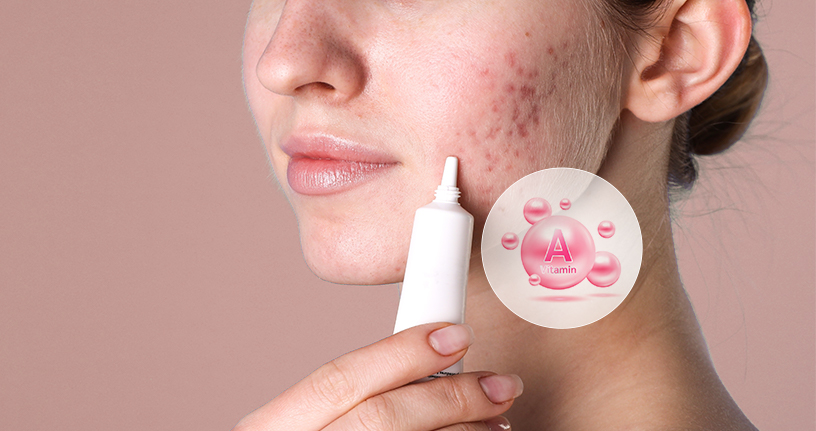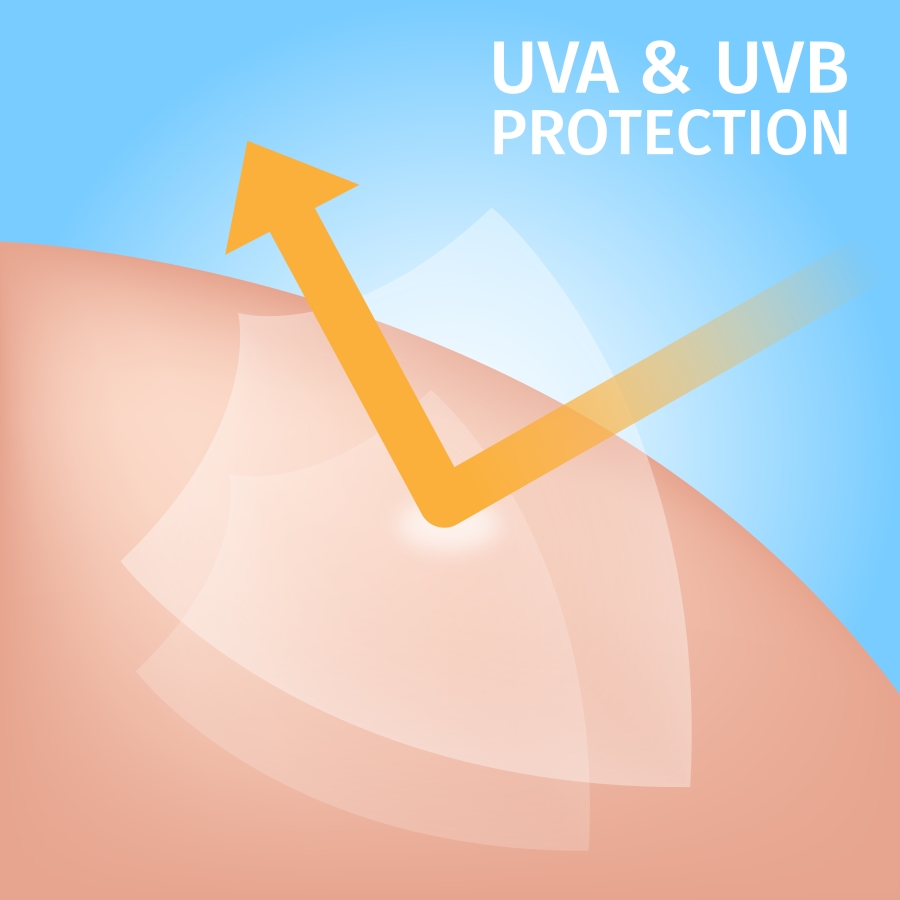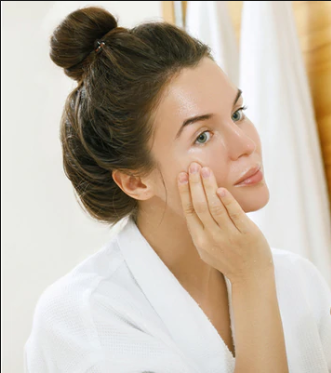Individuals who are considering a change to their skincare routine have likely encountered one of today’s most popular products, Retino A cream (tretinoin). Praised for its ability to combat acne, signs of ageing, and uneven skin tone, this tretinoin formulation has become a staple in many skincare regimens. However, despite its numerous benefits, Retino A is not always the best fit for everyone. The high cost of Retino A cream is a significant barrier for many consumers, which leads to reluctance to invest in it. The good news is that many other effective alternatives can be found at more affordable prices, including Retino A generic cream, which offers similar ingredients and effectiveness.
What are some alternatives?
There are many Retino A alternatives to choose from. These affordable Retino A options contain the same active ingredients as Retino A for anti-ageing/acne and can deliver excellent results. Before we dive into the options, let’s be aware of the main ingredient behind these effective skin care formulations.
Tretinoin: The main ingredient
Let’s take a close look at why dermatologists across the world recommend tretinoin, how it works on acne and dull skin, and much more.
Tretinoin is considered the most effective skincare ingredient. It has proven antiaging effects on the skin and is widely found in preparations approved as medicines for topical therapy of acne, hyperpigmentation, and wrinkles. Tretinoin is a retinoid derivative of vitamin A that shouldn’t be confused with retinol. Although retinol is a type of retinoid, here it is important to note that not all retinoids are retinol. Retinoids are classified under a broader class of vitamin A derivatives that include retinol, which is believed to be a less effective, over-the-counter (OTC) form. The use of retinoids requires a dermatologist’s prescription. The use of retinoid creams without prescription is strictly prohibited. On the other hand, retinols are found in numerous OTC skincare products.
Topical tretinoin modifies fine lines and certain other issues of skin damaged by exposure to the sun. It is believed to minimize the appearance of fine lines, enhance skin’s thickness and elasticity, slow down the process involving collagen breakdown, which is extremely helpful in keeping the skin firm, and fade dark spots due to sun damage. It may sound counterintuitive, but the retinoid formulation functions by irritating the skin and speeding up the skin cells’ life cycle. It makes them divide faster and shed faster so that newer and healthier cells can replace them. Tretinoin is sold under numerous brand names, including Retino A, a popular global brand. However, very few of you might be aware of its cheaper yet effective alternatives. Let’s get started with the top picks:
Alternatives to Retino A include these options, which generally come in cream and gel forms. Buy generic Retino A online from a trustworthy site that sells authentic medicines. When choosing among Retino A cream alternatives, it is essential to understand the key difference between cream and gel preparations.
Tretinoin cream vs gel: These variations in suitability for different skin types, composition, absorption, and available strengths can identify how well each topical alternative works for you.
-
- Composition – The cream preparations are typically made with moisturizing components, making them richer and hydrating. The presence of oils or emollients makes them suitable for people with dry to sensitive skin. On the other hand, gels tend to absorb quickly into the skin, delivering their active component more rapidly.
- Suitability – Creams are generally suggested for individuals with dry to sensitive skin because they are known to provide adequate hydration and are less likely to cause skin irritation or dryness. Gels are for those with oily skin or areas where hair growth is present.
- Absorption – Creams tend to absorb slowly as compared to gel because of their oil-in-water formulation. On the other hand, gels get quickly absorbed into the skin, delivering their active component rapidly. For some people, this after absorption may lead to a more powerful effect on the skin.
- Texture – Creams appeared greasy on the skin due to the presence of oil in them. Gel preparations are lightweight, non-greasy, and do not leave a residue on the skin.
Strength and Formation – Creams appear to have a semi-solid consistency. They carry more oil, offering a thicker texture. Gels are water-based and usually contain alcohol or other drying agents. They appear as more fluid and contain fewer oils. Tretinoin gels are more appealing but are non-hydrating.
Side effects associated with Retino A and its alternatives can include redness, skin irritation, dryness, and peeling of the skin, which needs to be specially considered when choosing an acne treatment. Switching from Retino A to a generic tretinoin version can be done without negative impacts. Still, careful monitoring is generally suggested to manage potential skin irritation or peeling while receiving the treatment.
Retino A vs generic tretinoin
If you have been prescribed tretinoin by your dermatologist when you expected Retino A, do not worry. Tretinoin is the active component present in brand-name medicine, including Retin-A. Both the brand Retino A and the generic tretinoin belong to a retinoid class of medicine that works by removing the dead cells on the skin and encouraging new cell growth. The brand Retino A has become the most famous term used when referring to topical tretinoin. A lot of people even use both interchangeably (even dermatologists allow it). Some people prefer using generic rather than the brand form, as the generic versions are usually less expensive than the brands. Also, the manufacturers of brand drugs and generic drugs are different, but the active component remains the same and works with similar efficacy, whatever option you choose.
Conclusion
While Retino A offers impressive benefits for acne-prone, wrinkles and hyperpigmented skin, it is not the only option available. A lot of people find it expensive, which is why many of them are unable to invest in this skincare item. If you, too, find it expensive, consider trying generic alternatives under the supervision of a dermatologist. The use of retinoid creams without prescription can cause unwanted effects. Whether you opt for Retino A, Treticon, Tretin, Supatret, or A Ret gel, you can still attain that radiant, youthful-looking skin without the extra potential unwanted side effects of tretinoin. For expert guidance, consult a dermatologist who can recommend the best tretinoin formulation and strength your skin needs. Consistency, the right skincare agent, and experts’ advice matter at the end of the day when you start skincare treatment.




